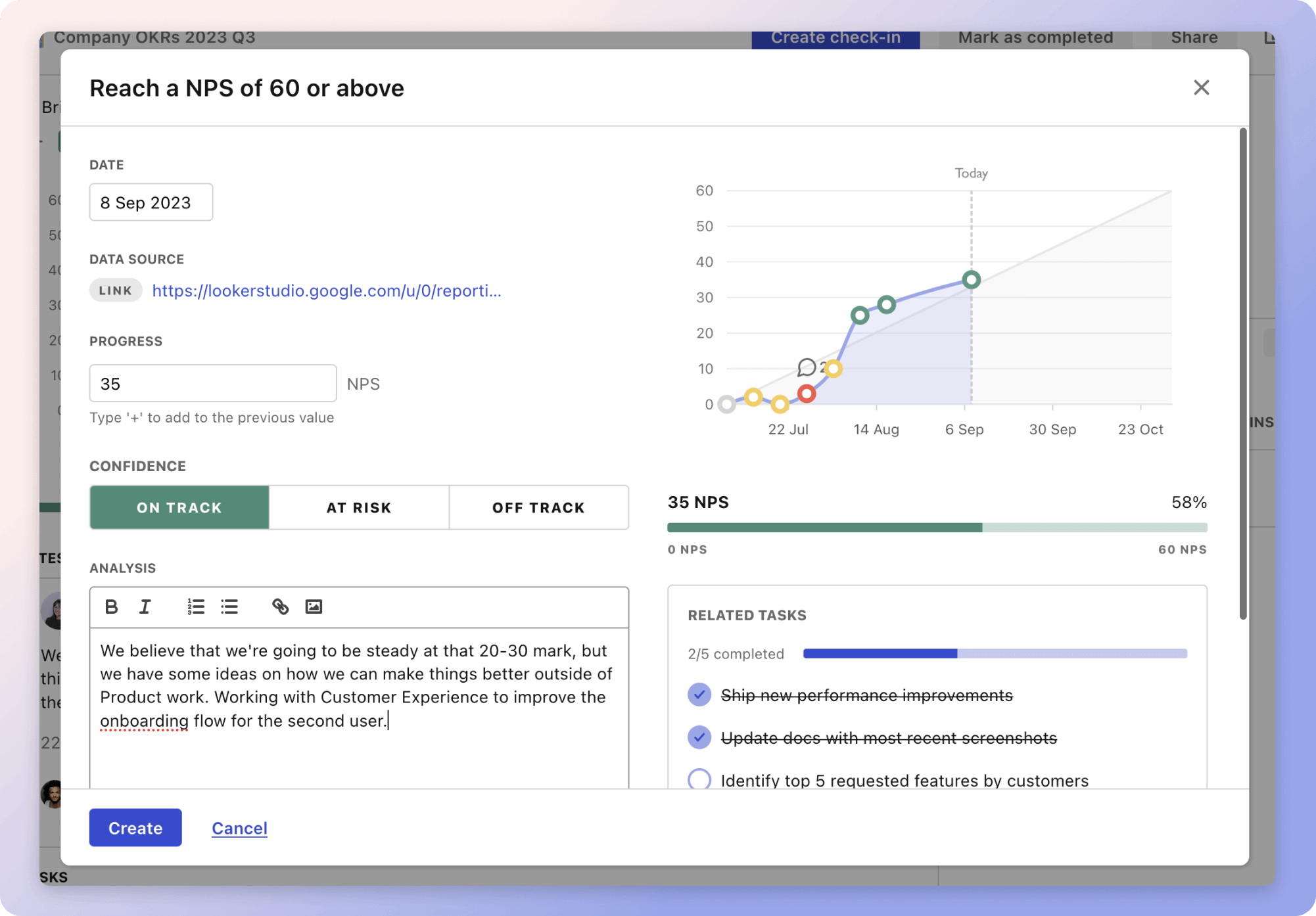The strategy to "Implement Advanced IT Technologies" focuses on integrating the latest tech in a B2B manufacturing environment. It begins with a thorough technology assessment, analyzing current IT systems for gaps and inefficiencies. This involves consulting with IT experts and researching industry-specific trends. For example, a manufacturing company might discover they need better data management to streamline operations, prompting them to search for suitable solutions.
Expanding cloud-based solutions is another key aspect. By evaluating current usage and identifying opportunities, the company can better align cloud services with business objectives. An example is migrating legacy systems to the cloud while ensuring robust security.
Enhancing data analytics capabilities involves assessing current tools and identifying key metrics to drive business growth. For instance, adopting advanced analytics platforms could offer predictive market insights. This approach emphasizes the need for comprehensive staff training in data utilization and decision-making, ensuring all tiers of management can effectively leverage analytics.
The strategies
⛳️ Strategy 1: Conduct a technology assessment
- Analyse current IT infrastructure and systems
- Identify existing gaps and inefficiencies
- Research industry-specific technology trends
- Consult with IT experts and vendors
- Evaluate team skills and training needs
- Assess costs and benefits of new technologies
- Develop a list of potential technology solutions
- Prioritise technologies with high impact
- Set benchmarks for successful adoption
- Prepare a detailed report for stakeholder review
⛳️ Strategy 2: Expand cloud-based solutions
- Evaluate current cloud service usage
- Identify opportunities for cloud expansion
- Research leading cloud service providers
- Align cloud services with business goals
- Develop a migration plan for legacy systems
- Implement cloud security measures
- Train staff on cloud technologies and practices
- Measure performance improvements post-adoption
- Establish regular cloud service evaluations
- Document existing and future cloud-based workflows
⛳️ Strategy 3: Enhance data analytics capabilities
- Assess current data analytics tools and capabilities
- Identify key performance indicators for business growth
- Select advanced analytics platforms
- Integrate analytics tools with existing systems
- Establish data governance policies
- Develop a data strategy and roadmap
- Train staff in data-driven decision-making
- Utilise predictive analytics for market insights
- Create regular analytics reports for management
- Review and refine analytics strategy periodically
Bringing accountability to your strategy
It's one thing to have a plan, it's another to stick to it. We hope that the examples above will help you get started with your own strategy, but we also know that it's easy to get lost in the day-to-day effort.
That's why we built Tability: to help you track your progress, keep your team aligned, and make sure you're always moving in the right direction.

Give it a try and see how it can help you bring accountability to your strategy.
